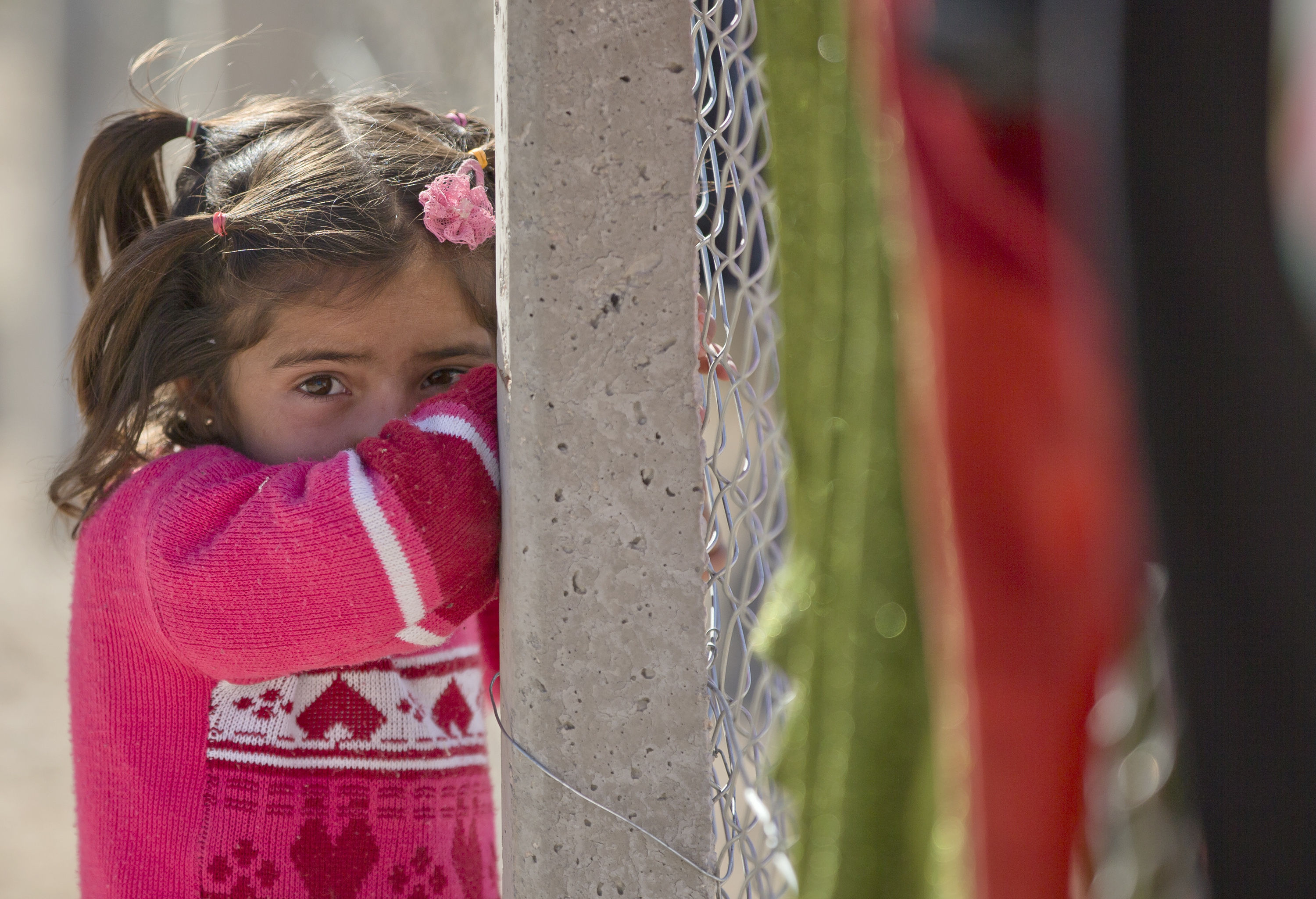
A TOTAL of 350 child refugees will be brought to Britain from Europe under the so-called Dubs Amendment, the Government has announced.
The number is well below the 3,000 unaccompanied minors that campaigners and politicians originally called for the UK to accept through the scheme.
Ministers introduced the programme last year after coming under intense pressure to give sanctuary to lone children stranded on the Continent.
Calls for the measure were spearheaded by Lord Dubs, whose amendment to the Immigration Act requires the Government to “make arrangements to relocate to the UK and support a specified number of unaccompanied refugee children from other countries in Europe”.
The legislation did not specify a figure but on Wednesday Immigration Minister Robert Goodwill said 350 children will be transferred under the initiative.
It is the first time an official figure has been given for the number of under-18s who will be resettled in the UK under the Dubs Amendment, which is given effect by Section 67 of the Immigration Act.
It was reached after consultation with councils on their capacity to care for and support asylum-seeking children, the Government said.
In a written ministerial statement, Mr Goodwill said more than 900 unaccompanied asylum-seeking children were transferred to the UK from Europe in total last year.
This included more than 750 from France as part of Britain’s support for the clearance of the Jungle camp in Calais.
More than 200 of those children met the criteria for the Dubs route, while the remainder were transferred under an accelerated process based on, but operated outside of, the Dublin Regulation covering family reunion cases.
Mr Goodwill said: “The UK can be proud of its record of helping refugee children and I can today announce, in accordance with Section 67 of the Immigration Act, that the Government will transfer the specified number of 350 children pursuant to that section, who reasonably meet the intention and spirit behind the provision.
“This number includes over 200 children already transferred under Section 67 from France. It does not include children transferred to UK where they have close family here.
“We will announce in due course the basis on which further children will be transferred from Europe to the UK under Section 67 of the Immigration Act to the specified number.”
The Home Office minister went on: “As required by the legislation, we have consulted with local authorities on their capacity to care for and support unaccompanied asylum-seeking children before arriving at this number.
“Local authorities told us they have capacity for around 400 unaccompanied asylum-seeking children until the end of this financial year.
“We estimate that at least 50 of the family reunion cases transferred from France as part of the Calais clearance will require a local authority placement in cases where the family reunion does not work out.
“We are grateful for the way in which local authorities have stepped up to provide places for those arriving and we will continue to work closely to address capacity needs.”
He added that the Government will continue to meet its obligations under the Dublin Regulation, and accept responsibility for processing asylum claims where the UK is determined to be the responsible member state.
The Government has not specified a date for when the Dubs scheme will end bu tit is expected that the remaining children will be resettled this year. Liberal Democrat leader Tim Farron said the announcement was a “betrayal of these vulnerable children and a betrayal of British values”.
He added: “Last May, MPs from all parties condemned the Government’s inaction on child refugees in Europe, and voted overwhelmingly to offer help to the thousands of unaccompanied kids who were stranded without their families, backed by huge public support.
“Instead, the Government has done the bare minimum, helping only a tiny number of youngsters and appearing to end the programme while thousands still suffer.”
A Downing Street spokesman said: “We are working with councils, but we have torecognise that lots of these children who are transferred under this scheme havevery pressing and difficult needs and there is a limit to the capacity for localauthorities to provide that level of care.”
The spokesman said the Government was “continuing work to resettle vulnerable children” under various mechanisms and it was possible that further young people could come to the UK under the Dubs arrangements in future.
“There was no figure in the Dubs amendment,” he added. “We were very clear we would make provision where we were able to. That is what we have done and what we continue to do.”

Enjoy the convenience of having The Sunday Post delivered as a digital ePaper straight to your smartphone, tablet or computer.
Subscribe for only £5.49 a month and enjoy all the benefits of the printed paper as a digital replica.
Subscribe